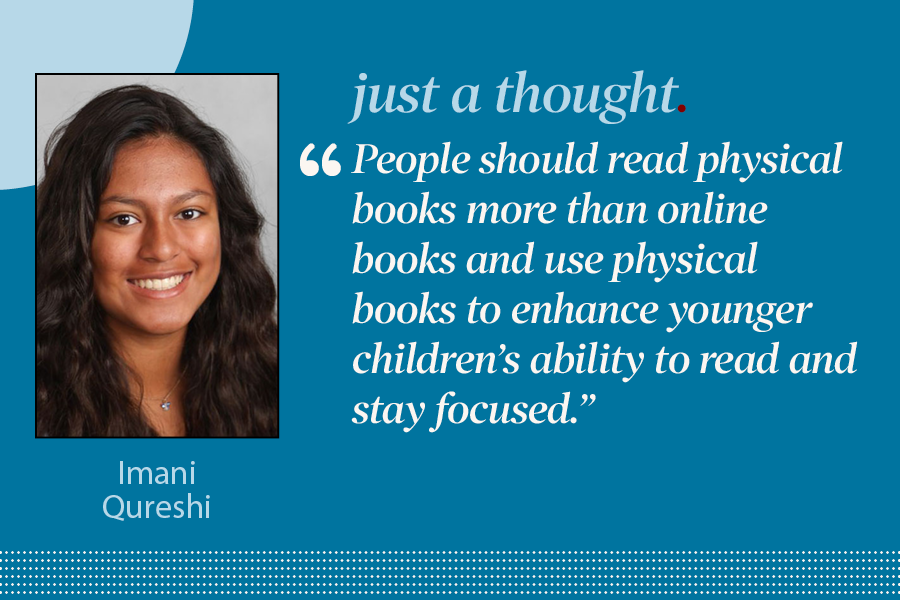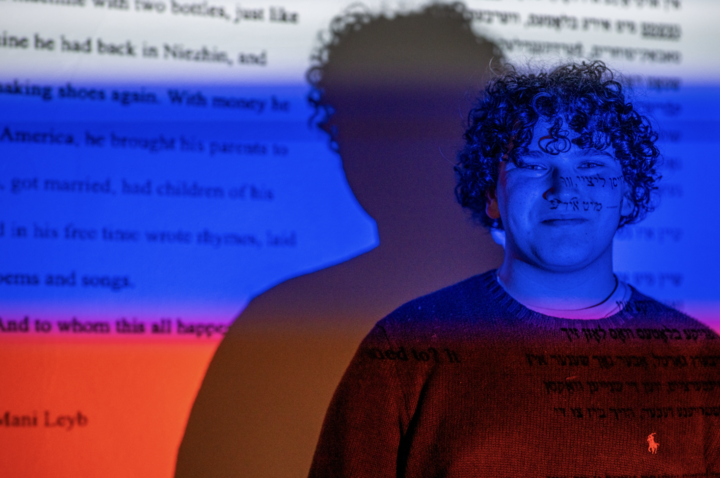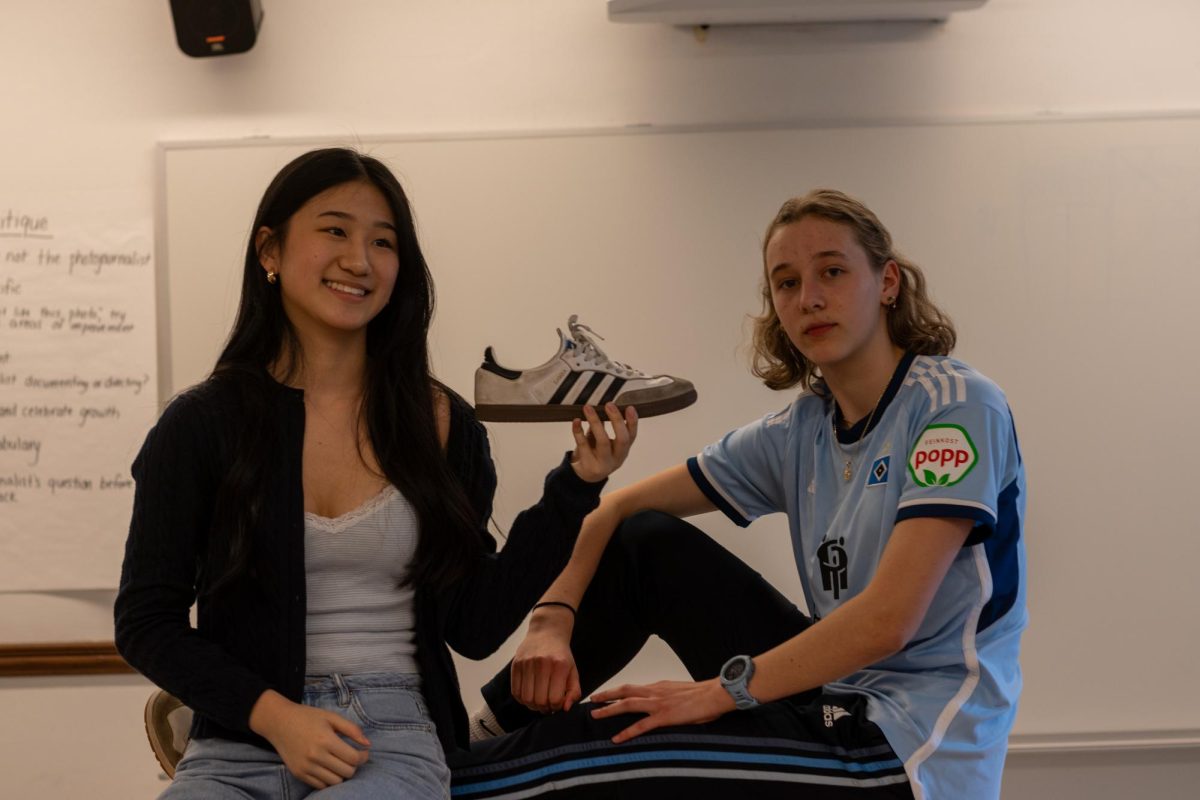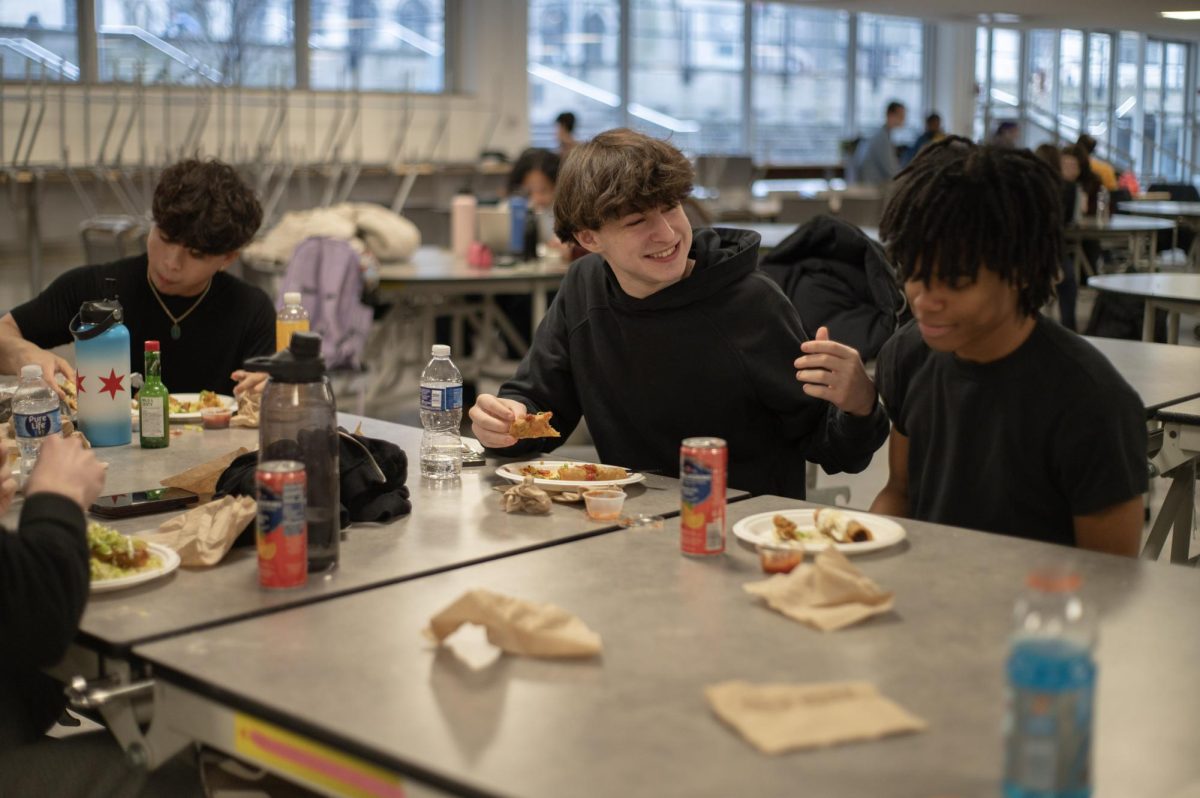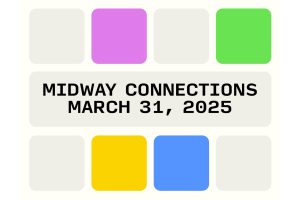U-High campaign intern volunteers in competitive race
October 30, 2018
Franzi Wild spends 15 hours of her weekend completing pages of paperwork and logging thousands of steps, but not for her classes or the cross country team.
She makes hundreds of calls but not to her friends, and knocks on dozens of doors that aren’t her neighbors’.

She’s not even doing this in Chicago, instead spending her weekend in Downers Grove working to get a Democrat elected to the House of Representatives and flip one of the nation’s most vulnerable Republican districts.
Illinois’ 6th Congressional District curves in a crescent through the suburbs west of Chicago, including parts of Naperville and Hindsdale. Republican Peter Roskam has represented the district since 2011.
In 2016, 68 percent of voters voted to re-elect Roskam, while a narrow majority also voted for the Democratic presidential candidate, Hillary Clinton, instead of Republican nominee Donald Trump.
Franzi first began volunteering with the campaign of challenger Sean Casten this summer, after she discovered that this would likely be a “flippable” district in favor of the Democrats.
After showing consistent interest, she was invited to become a field intern to identify and mobilize voters for the campaign.
Franzi said that while she sacrifices her weekend, she is well-compensated in relationships, experience and skills.
“It’s so much fun. I am super close with so many people in the office, and we talk and joke, and while we’re super busy for the 15-plus hours I’m there every Saturday and Sunday, I’m also having fun and continually learning things from these people who aren’t that much older than me,” Franzi said. “We’re all super close, because we all have this common goal that matters to us a whole lot more than the smaller parts of our lives.”
In an interview, Franzi discussed her role as a field intern and the tactics that many Congressional campaigns, including the Casten campaign, have used this 2018 election cycle and historically to build support and get out the vote.
Canvassing: “One of the main ideas behind canvassing is that you want to try to persuade the undecided voters, by going door to door and talking to people in-district. A great thing about canvassing is that face-to-face contact is one of the best ways to persuade people and let them feel heard. The purpose of canvassing for us right now, then, is to try to understand which way those people are thinking of leaning.”
VoteBuilder: “Lots of campaigns use VoteBuilder, which is a database for organizing registered voters. Based on the results we get back from canvassing, we then enter those results into VoteBuilder, which has all registered voters in it. It’s helpful because it helps us figure out who to canvas and who to phone bank, and it keeps us from repeating people who have already been reached, as well as canvassing people in the same manner twice. Since the Sixth District has around 700,000 people, you need to have a way to keep all of your registered voters organized.”
Phone banking: “The motivation behind phone banking is the same as the motivation behind canvassing, but it’s often directed to the people we can’t reach through canvassing. So if they live in a gated community or apartments and we’ve tried to canvas them, but we’ve learned that you can’t get to their physical front door, we’ll try to give them a call. When we phone bank we typically have a script that we provide to all of our volunteers, because that’s often the easiest way to teach people.”

















